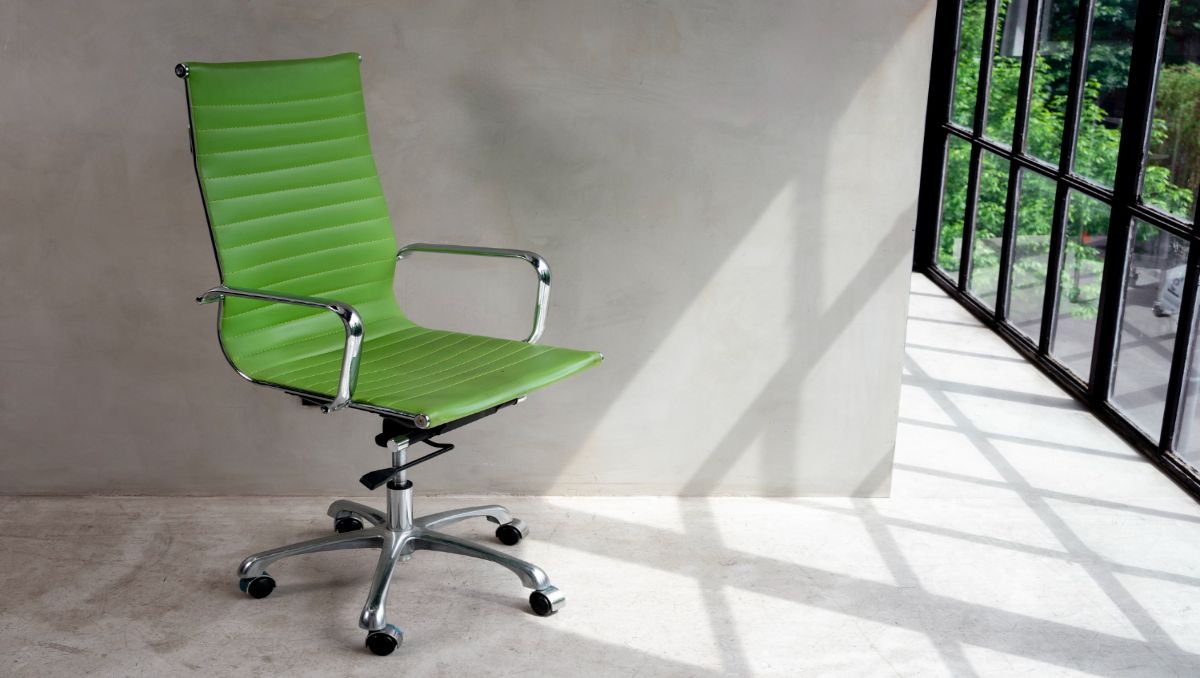Office chairs often go unnoticed until something goes wrong. One day you’re seated comfortably, the next you’re awkwardly sliding downward or battling a seat that won’t stay put. These nuisances aren’t just annoying—they can impact your posture, focus, and daily productivity. A needed office chair cylinder replacement is frequently the hidden culprit behind a seat that slowly sinks or feels unstable. Recognizing the warning signs early can save you from countless distractions and discomfort.
Key Takeaways
- The office chair cylinder allows height adjustment and ensures ergonomic support.
- Look out for sinking, difficulty adjusting height, instability, unusual noises, or visible damage.
- Regular cleaning, lubrication, and gentle use can extend the cylinder’s lifespan.
- Address cylinder problems early to maintain comfort and prevent long-term discomfort or injury.
In this article, we’ll explore six key indicators that it’s time to replace your office chair cylinder, helping you maintain a comfortable and efficient workspace.
What Is an Office Chair Cylinder?
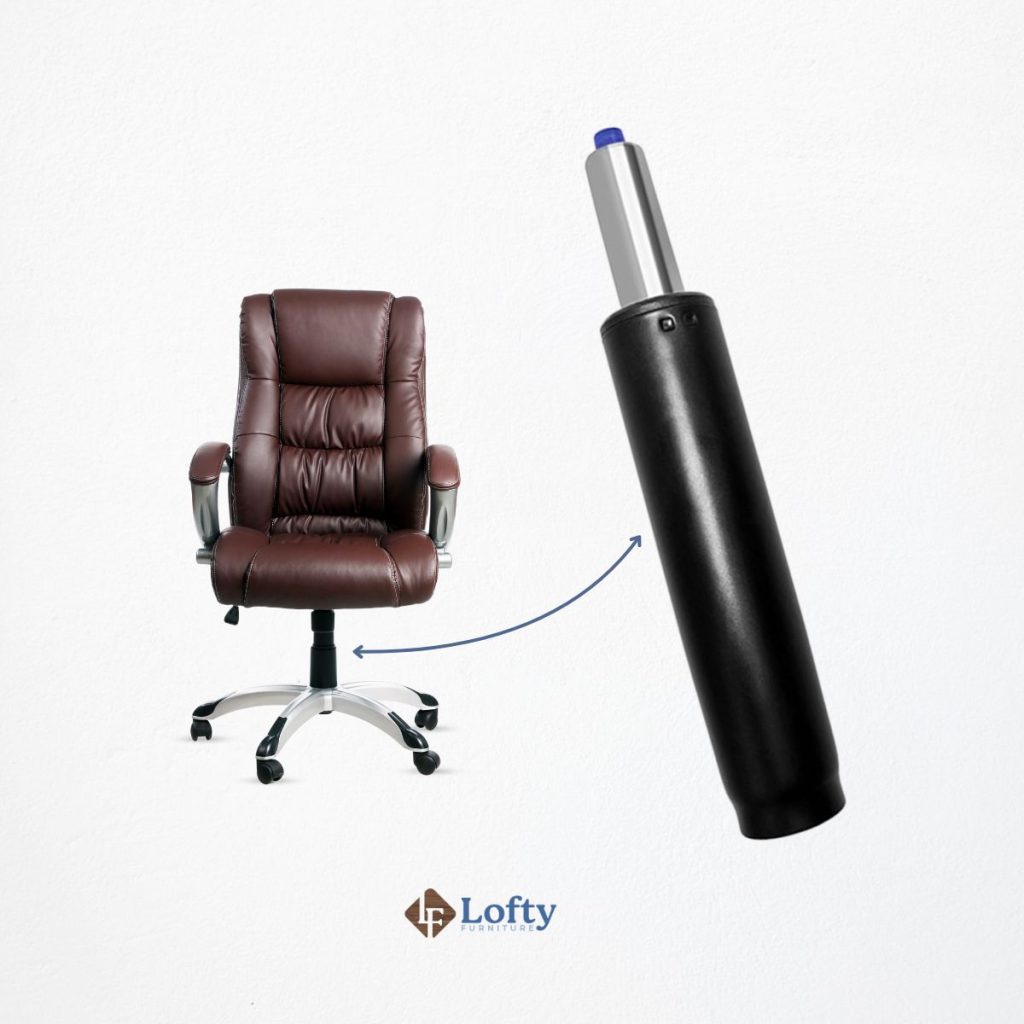
Your office chair cylinder, often called a gas cylinder, is essentially the heart of your adjustable office chair. It uses compressed gas to smoothly raise or lower the seat with a simple lever pull, while also evenly distributing your weight to reduce stress on the chair’s frame. This allows the chair to accommodate different body types and work setups, providing essential ergonomic support that keeps you comfortable during long stretches at your desk. A well-maintained cylinder not only makes height adjustments a breeze, but also extends the overall lifespan of your chair by ensuring proper posture and weight distribution.
Common Reasons Why Office Chair Cylinders Fail
Office chair cylinders are built to last for years, but they’re not indestructible. Over time, regular wear and tear, improper use, and material fatigue can cause them to fail. Typically, a high-quality cylinder lasts around six to ten years, depending on how often you use it, its weight capacity, and your maintenance habits.
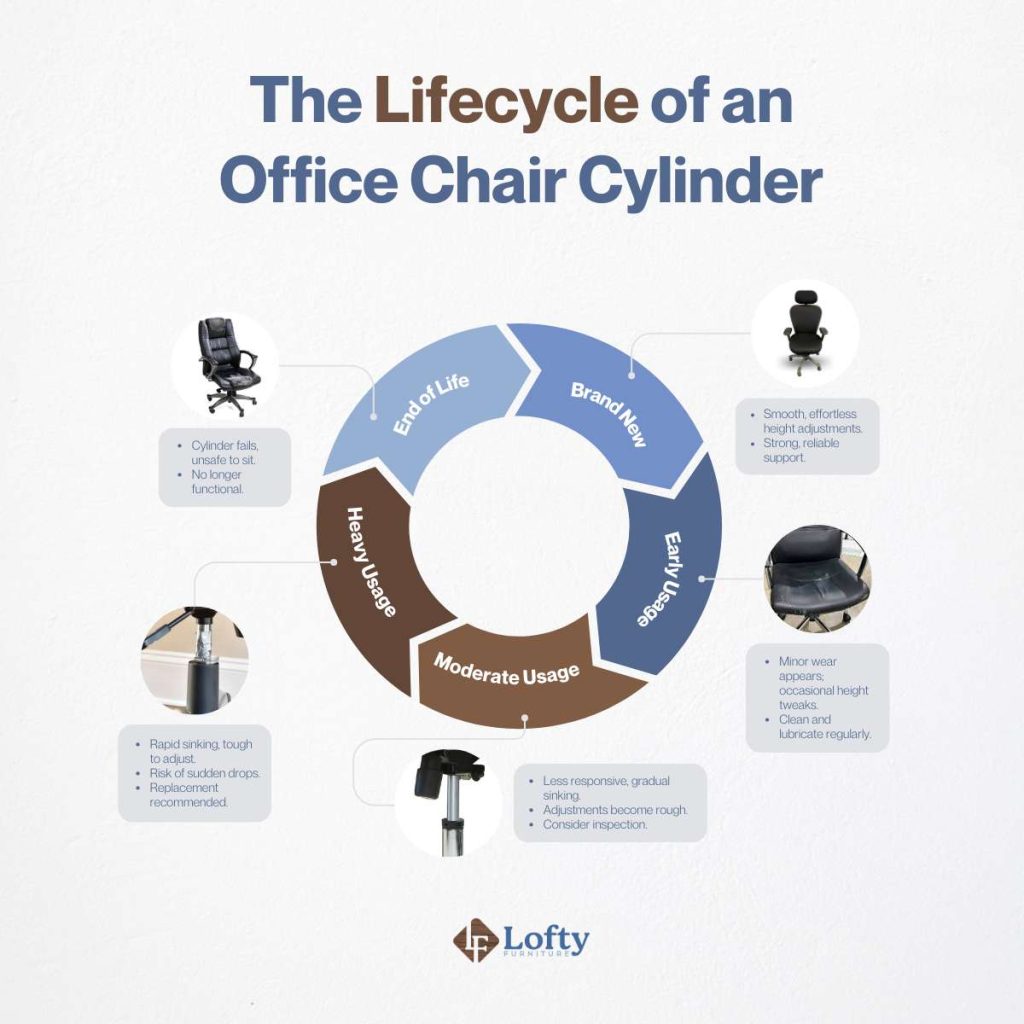
Common causes of cylinder failure include heavy usage, exceeding weight limits, exposure to extreme temperatures, and improper handling. If your chair is in constant use, it faces more wear and tear from frequent adjustments and pressure, while regularly going over the weight limit puts extra strain on the cylinder and shortens its lifespan. Extreme temperatures or high humidity can also affect the cylinder’s internal mechanics, leading to premature failure.
6 Signs You Need an Office Chair Cylinder Replacement
A faulty office chair cylinder is a potential disruptor to your daily productivity and comfort. Below are six detailed indicators that suggest your office chair cylinder might need replacement.
1. Your Chair Keeps Sinking
Sinking chair happens because the seals inside the cylinder are no longer airtight, causing the compressed gas to leak out. As a result, the chair can no longer support your weight at the desired height. A sinking chair disrupts your posture, forcing you to slouch or strain to reach your desk, which can lead to back pain and reduced productivity. Frequent readjustments become frustrating and time-consuming, detracting from your workflow. Over time, the sinking will worsen as the seals degrade further, leaving the chair virtually unusable.
Daniel Roberts explains:
“A faulty gas cylinder is one of the biggest signs a chair needs replacing. If the chair starts sinking randomly or won’t hold its height, the cylinder is likely worn out. Continuing to use a faulty cylinder can lead to inconsistent posture, forcing the body into awkward positions that strain the lower back and neck. Over time, this can cause chronic discomfort and even impact circulation.”

2. Difficulty Adjusting Chair Height
When your chair’s height adjustment mechanism becomes stiff or unresponsive, it’s a clear sign of internal damage to the cylinder. This often occurs due to a buildup of dirt, dust, or debris near the cylinder base, which blocks the smooth movement of the piston. In some cases, rust or corrosion caused by prolonged exposure to moisture can also impair functionality. Without the ability to adjust your chair to the proper height, you’re likely to adopt poor posture, leading to long-term health issues like neck strain or back pain.
3. Uneven or Wobbly Chair Base
A stable base is crucial for comfort and safety, but a failing cylinder can compromise the balance of your chair. When the gas lift cylinders are unable to evenly distribute weight, it can cause the chair to feel uneven or wobbly. This not only makes sitting uncomfortable but also increases the risk of tipping over, especially if you frequently lean back or shift positions. The cylinder connects the seat to the chair base, so when it begins to fail, it disrupts this critical connection and reduces overall chair stability.
Jason Rowe, founder of Hello Electrical, shares:
“If your chair feels unstable or wobbly, the cylinder might not be providing even pressure, which can throw off your posture and strain your back over time.”
4. Unusual Noises During Adjustment
Unusual noises, such as hissing, clicking, or popping sounds, when adjusting your chair height are strong indicators of a failing cylinder. A hissing sound often signals a gas leak, which occurs when the seals inside the cylinder deteriorate. Clicking or popping noises, on the other hand, may indicate that internal components, such as the piston, have become damaged or misaligned. These noises not only suggest mechanical failure but also disrupt the quiet environment of an office or home workspace.
5. Physical Damage or Wear on the Cylinder
Visible signs of damage, such as scratches, dents, or rust, are another indication that your office chair cylinder may need replacing. Scratches and dents weaken the structural integrity of the cylinder, making it less capable of supporting weight capacity over time. Rust and corrosion, caused by exposure to moisture or humid environments, can interfere with the smooth operation of the piston and shorten the cylinder’s lifespan. External damage not only affects the chair’s performance but also detracts from its appearance, making it look worn and outdated.
6. Loss of Hydraulic Pressure
Loss of hydraulic pressure is one of the most telling signs that an office chair cylinder is failing. Over time, the seals within the cylinder can degrade, allowing the pressurized gas to escape. As a result, the chair loses its ability to hold its position, causing it to sink or become unresponsive. This issue typically develops gradually, but once the cylinder loses enough pressure, it becomes completely ineffective.
Jason Rowe adds:
“A faulty gas lift doesn’t just mess with comfort, it can actually cause knee pain from sitting too low or wrist strain from reaching awkwardly for your keyboard. If you catch yourself adjusting your chair multiple times a day, it’s probably time for a replacement.”
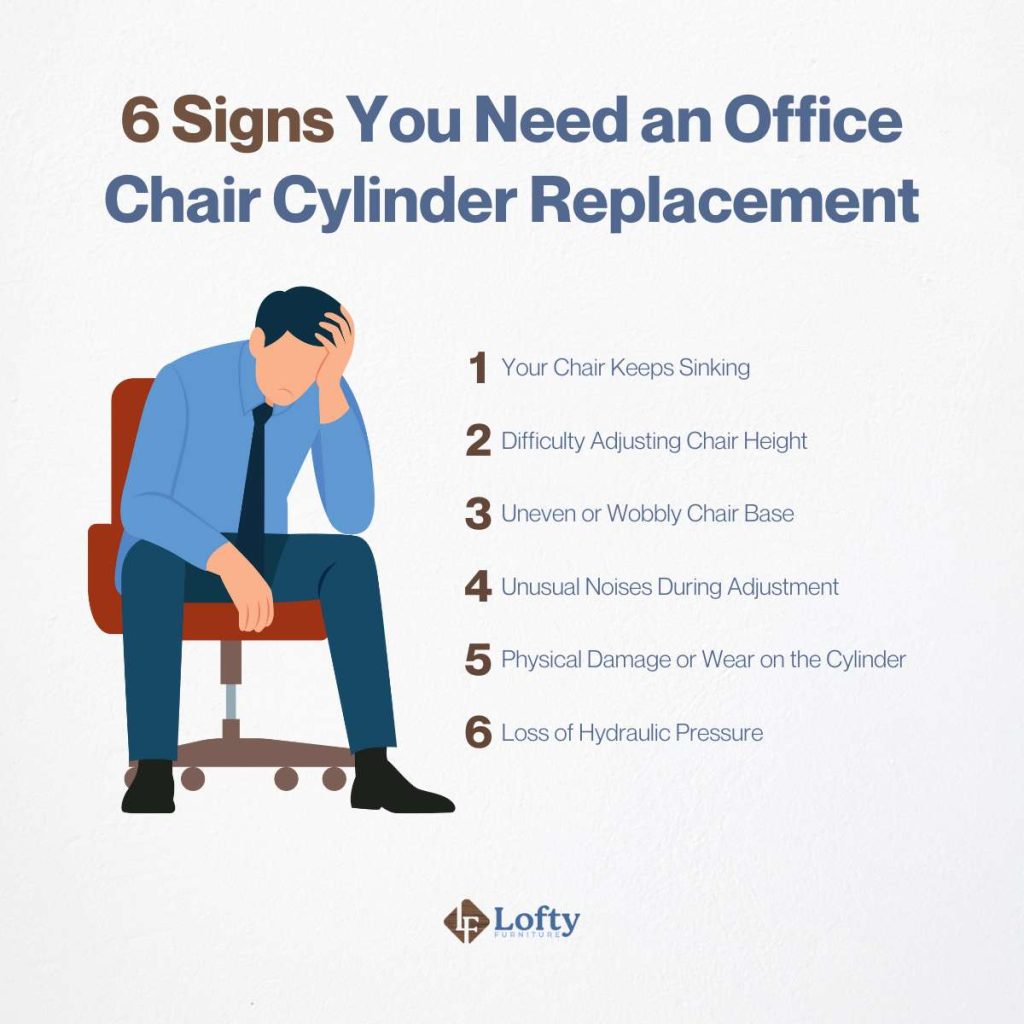
How to Test Your Office Chair Cylinder
To test your chair’s cylinder for common issues like height adjustment problems or instability, follow these simple steps. First, check the height adjustment by sitting in the chair and using the lever to raise and lower the seat. Notice if the movement feels smooth or jerky. Set it to your preferred height, sit for a few minutes, and see if the chair slowly sinks—if it does, the gas lift cylinder is probably losing pressure and may need replacing. Next, roll the chair across a flat surface to check for stability. If it wobbles or tilts, the cylinder could be the culprit.
While adjusting the height, listen for any unusual noises like hissing, clicking, or popping, as these sounds can signal internal damage. For a closer look, turn the chair upside down and inspect the cylinder for rust, dents, scratches, or other signs of wear. Finally, perform a simple weight test by setting the chair to its highest position and gently pressing down on the seat without sitting in it. If it sinks under light pressure, it’s likely the cylinder is failing.
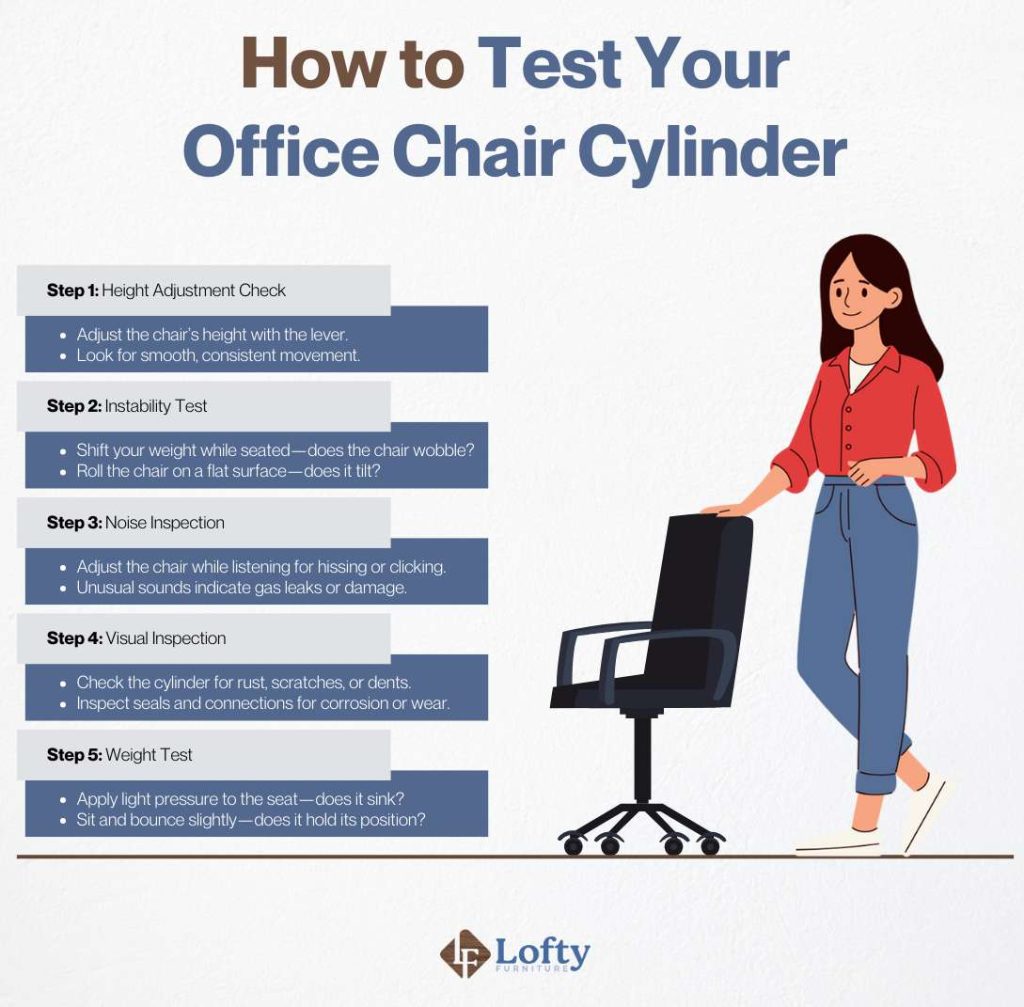
How to Replace an Office Chair Cylinder
Follow this step-by-step guide to restore your chair’s functionality without replacing the entire chair. As Daniel Roberts highlights:
“Replacing the cylinder costs around $30-50, which is a small price to pay for better long-term comfort and support.”
Step 1: Gather Your Tools and Supplies
To replace the cylinder, you’ll need:
- A replacement gas lift cylinder (ensure it matches your chair model)
- A pipe wrench or adjustable wrench
- A rubber mallet or hammer
- Protective gloves (optional but recommended)
- WD-40 or a similar lubricant
Step 2: Remove the Chair’s Base
Lay the chair on its side or upside down, placing it on a flat, stable surface. Firmly grip the chair base (the wheels and frame) and pull it away from the cylinder. If it doesn’t budge, tap around the base with a rubber mallet to loosen it. Spray a small amount of lubricant where the cylinder connects to the base if it’s stuck.
Step 3: Remove the Old Cylinder
Use a pipe wrench or adjustable wrench to grip the metal part of the cylinder tightly. Rotate the wrench counterclockwise to loosen and remove the cylinder from the seat mechanism. This may require significant force if the cylinder is old or rusted. Then, wipe away any debris, rust, or lubricant residue from the chair’s seat mechanism.
Step 4: Install the New Cylinder
Unpack the replacement cylinder and ensure it matches the size and specifications of the old one. Slide the narrow end of the new cylinder into the chair’s seat mechanism. Push firmly to ensure it’s securely in place. Then, reattach the chair base by aligning it with the new cylinder and pressing it down until it clicks into place.
Step 5: Test the New Cylinder
Turn the chair upright and test the height adjustment lever. Sit on the chair and shift your weight slightly to ensure the cylinder holds your weight and provides stability.
Here’s a straightforward tutorial video for your reference:
Preventing Cylinder Issues in the Future
To prolong the lifespan of your office chair cylinder, regular maintenance is essential. Start by keeping the cylinder clean and free of dust, debris, and moisture, as these can cause rust and wear over time. Periodically wipe down the cylinder with a soft cloth and apply a light coating of lubricant, such as silicone spray, to ensure smooth operation. Avoid exceeding the chair’s weight limit, as overloading can strain the gas lift cylinder and lead to premature failure. Proper usage also includes handling the height adjustment lever gently and avoiding frequent or forceful adjustments, which can wear out internal components.
For ergonomic chairs, periodic inspections of the cylinder and other components can help identify early signs of wear, such as sinking or instability. Addressing minor issues promptly can save you from costly repairs or replacements.
If your current chair’s cylinder needs replacement, upgrade your office setup and restore its functionality and experience the benefits of an ergonomic chair today!
Conclusion
A faulty office chair cylinder can disrupt your comfort and productivity, but the good news is that it’s a fixable issue. By understanding the signs of a failing cylinder and taking prompt action, you can restore your chair’s functionality without having to invest in a brand-new one. Regular maintenance and proper usage can prevent cylinder problems in the future, ensuring your chair provides ergonomic support for years to come.
FAQs
How do I know if my office chair cylinder is broken?
A broken office chair cylinder often manifests in clear signs like the chair sinking when you sit on it, difficulty adjusting the height, or instability in the chair base. You may also hear unusual noises, such as hissing or clicking, during height adjustments.
Can I fix a sinking office chair without replacing the cylinder?
While a replacement is the most effective solution, temporary fixes can help with a sinking chair. One common method is using a hose clamp or duct tape to secure the cylinder at a specific height, preventing it from moving.
How long does an office chair cylinder typically last?
The lifespan of an ergonomic office chair cylinder depends on usage and build quality but generally ranges from 6 to 10 years with normal use.
Where can I buy a replacement office chair cylinder?
Replacement office chair cylinders are widely available online and at office supply stores. Websites like Amazon, Office Depot, and specialty ergonomic furniture retailers often stock a variety of cylinders compatible with different chair models.
